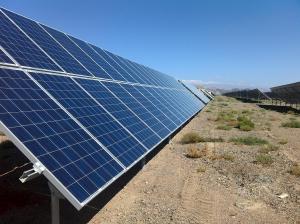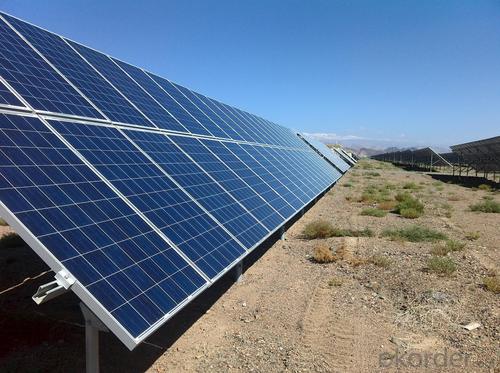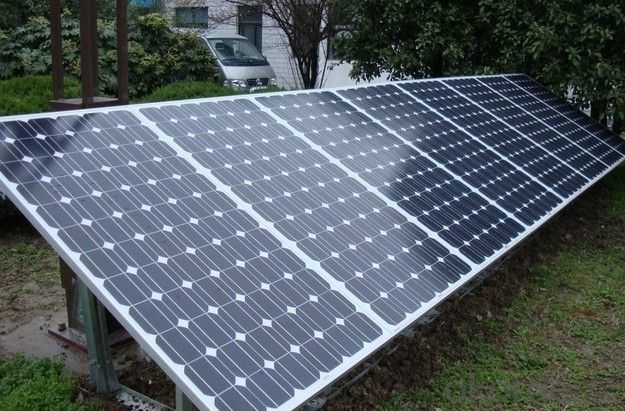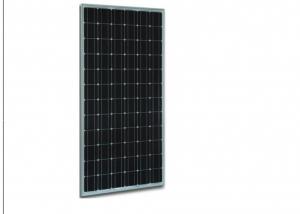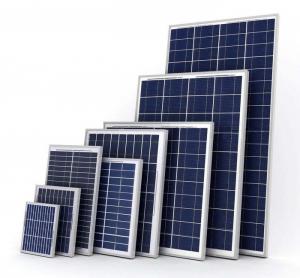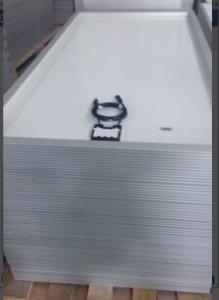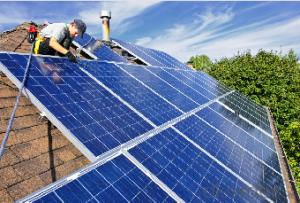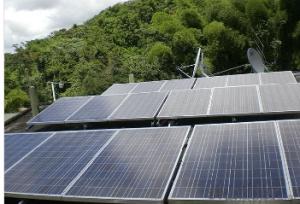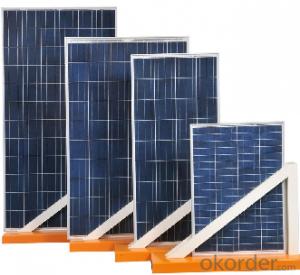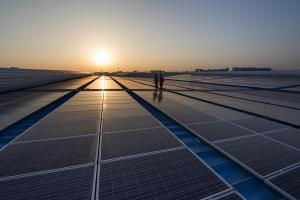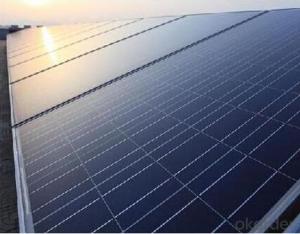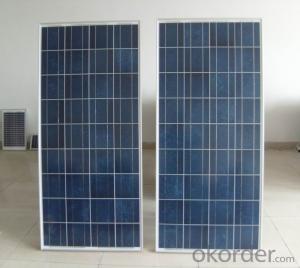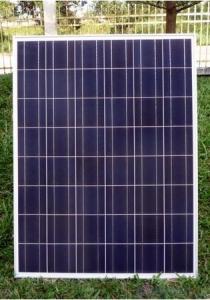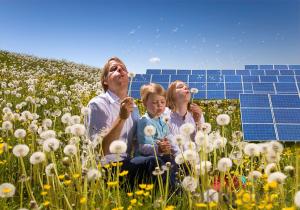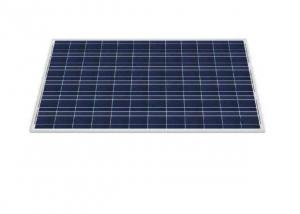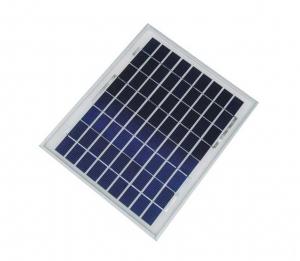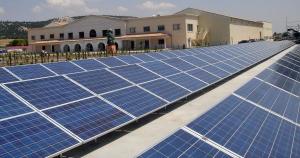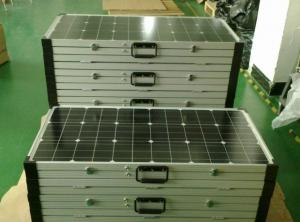Solar Panels Fort Worth - LDK 72-Cell Multi Module 315W Multicrystalline Silicon Low Price
- Loading Port:
- China Main Port
- Payment Terms:
- TT or LC
- Min Order Qty:
- -
- Supply Capability:
- -
OKorder Service Pledge
OKorder Financial Service
You Might Also Like
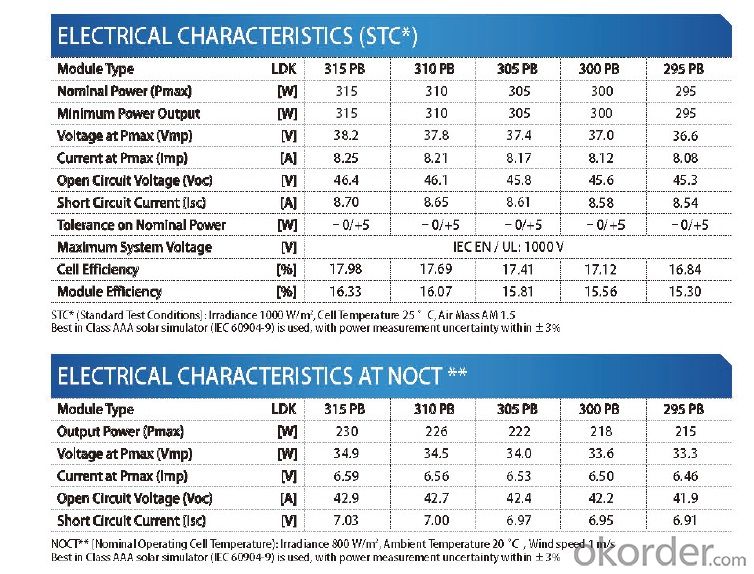
Dimensions(Laminate):1956 x 986 x 40 mm[77.01 x 38.82 x 1.57 in]
Solar Cells:72 (6x12) multicrystalline silicon -
156 x 156 mm [6 inch] solar cells

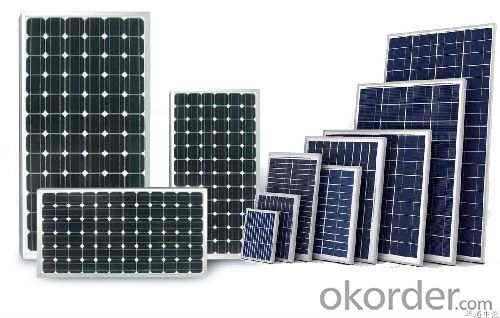
Why US?
· Industry leading module power output warranty of 25 years
· International quality and safety certifications
· Manufactured in ISO 9000 certified factories
· High-reliability with guaranteed 0/+5W peak power classification
· Excellent performance under low light environments
· Entire module certified to withstand high wind and snow loads
Warranty
· 10 years for product defects in materials and workmanship
· First 12 years for 90% of warranted minimum power
· Remaining 25 years for 80% of warranted minimum power
Vertically integrating business model enables us to
· Consistently build high quality and reliable PV products.
· Optimize our cost structure to deliver price-competitive products.
· Adopt cutting-edge product and production technologies.
· Develop the most advanced manufacturing methods.
· Minimize carbon emissions throughout our closed loop production process.
Certification
· IEC:IEC 61215, IEC 61730 (1&2), conformity to CE
· UL 1703 2002/03/15 Ed:3 Rev:2004/06/30
· ULC/ORD-C1703-01 Second Edition 2001/01/01
· UL and Canadian Standard for Safety Flat-Plate
· ISO 9001: 2008 Quality Management Systems
· CEC Listed: Modules are eligible for California Rebates
· PV Cycle: Voluntary module take back and recycling program
· MCS Certificate
FAQ
Where can I buy your products?
You could find our products from dealers or contact our sales team directly. We will provide you with detailed services.
How to contact us?
Contact details can be found from website www.okorder.com to contact us. We look forward to providing you with professional services.
What is the application field of your products?
They can be used in the small photovoltaic (PV) grid power generation systems of family units as well as the commercial photovoltaic system such as BIPV, BAPV and etc.
What kinds of modules do your inventers support?
Our inventers support most of mainstream components and modules in the market. Should you require more details, please do not hesitate to contact our technical personnel.

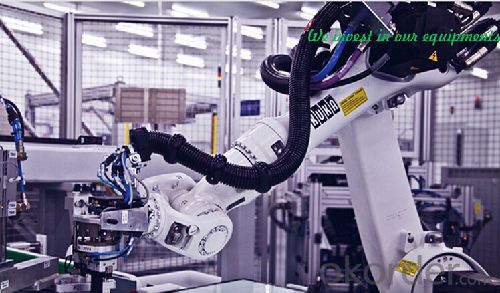
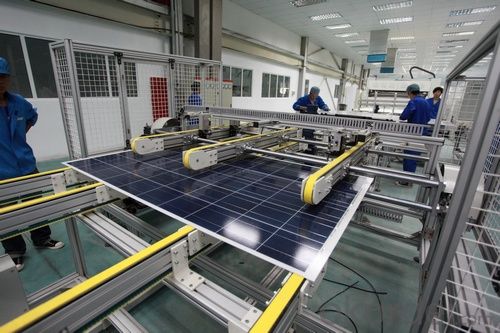

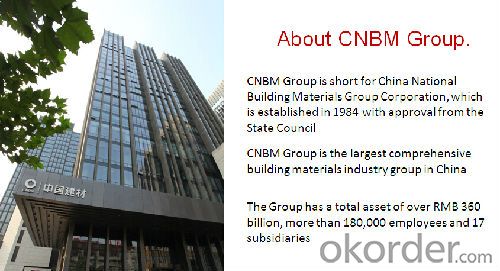
- Q: I'm thinking of having solar panels to generate electricity. The drawbacks are that I'm afraid if it needs repair, I won't be able to find anyone. Also I'm afraid that the roof is not very accessible. If it is a new house, should the roof have a roof hatch? What can make the system not work?
- Modern solar electric panels rarely fail. Because of this, if you would be installing them over a roof that only has a few years left on it, it would be better to redo the roof, first. In the unlikely event that a panel needs to be changed, this can be done in 30 minutes or so, because the panels are mounted on racks, with everything simply plugging together. I have never personally seen a solar installation go bad, but from what I hear, the inverter (a box that goes in next to your electric service panel) is usually what burns out after 5 years, assuming the install was done right in the first place. If you were to call roofers to repair your roof, they would somehow be able to get to your roof, by ladders, or a special truck. Solar installers use the same kind of equipment. They won't have a problem getting up there. A solar electric system is actually a very straightforward thing. No matter who installs it, if there is a problem, another installer should be able to diagnose and fix it.
- Q: How do solar panels affect the appearance of a home or building?
- Solar panels can have a positive impact on the appearance of a home or building by adding a modern and eco-friendly aesthetic. While they may alter the traditional appearance slightly, the sleek and futuristic design of solar panels can often enhance the overall visual appeal of the structure.
- Q: how much do you think it would cost for installation?i heard that solar panels can store electricity and any excess electricity gets sold back to the electric company. how much money can a home owner make from doing this?do you think solar panels are worth it?
- What's your Source (Optional)
- Q: Can solar panels be used for outdoor lighting?
- Yes, solar panels can be used for outdoor lighting. Solar-powered outdoor lighting systems capture sunlight during the day and convert it into electricity, which is stored in a battery. This stored energy is then used to power outdoor lights during the night, offering an eco-friendly and cost-effective lighting solution.
- Q: I was trying to figure out if I could run an electric heater off of a solar panel, but I don't understand these electric convertion factors and stuff. Would it work? (I know it'll only work in the daytime and stuff.)SOLAR PANELPeak Power 95W PTC Watts 73.0WVoc 30.7VPeak Voltage 24.4VIsc 8.6APeak Current 7.96A HEATERInput: 20 V/60 Hz ,500 W/5,200 BTU
- the panel would have to be on for 0 hours in the sun to get an hours use with the set up. try researching solar hot water heaters. they are much more efficient. a cheap one would be painting an old hot water heater black and pipe it to the new hot water heater. it will save you 80% of your electric hot water bill.
- Q: how much energy does a kilowatt solar panel produce in a year? (average)
- You would be amazed how often I have answered this question. The answer is that it depends on your latitude and local weather . Let's see if I can give you enough information so that you can determine the answer for yourself. A kW solar panel is rated at kW when it is exposed to a solar flux of kW/m^2 (called a peak sun hour). There are readily available tables of effective peak sun hours per day by city (see Reference ). Let's use Fairbanks, AK as an example (it is the first line of the table). Fairbanks get an average of 3.99 of peak sun hours per day on average. So your panel would produce 3.99 kW*hr per day on average.
- Q: i need to make a mini-solar car which shouldn't cost much. it's for my science project. for now, i just found out how to make a solar panel using copper oxide, but it does not generate enough power to power up the engine of the toy car [ the small engine they used in the toys, like from TAMIA]
- I do not have the skills to make my own solalr panles even if I want to try it. I see the answer above but cannot understand it. I bought my solar panels from OKorder and it works for me quite well.
- Q: Maximum size of solar panel i have to use is - 8 * 5 feet - this is the limitation given to us.
- A short answer is: 500 watt hours can be obtained with a 3 foot by 3 foot photovoltac panel in any 24 hour period with average conditions. Some 24 hour periods will fall far short of 300 watt hours even with the 5*8 foot panel, but a battery that stores several thousand watt hours, will likely give you 300 amp hours 362 days per year, with the 5*8 panel except very unfavorable locations such as Nome, Alaska, USA in December, and January. Nome is quite favorable Spring and Summer if you rotate your panel to keep it facing the sun up to 24 hours per day. Neil
- Q: Can solar panels be used in remote areas without access to the grid?
- Yes, solar panels can be used in remote areas without access to the grid. Solar panels generate electricity by harnessing sunlight, and they can operate independently of the grid. This makes them an ideal solution for remote areas where setting up power lines and accessing the grid may be difficult or costly. Solar panels can provide a reliable and sustainable source of electricity in such areas, allowing for various applications like powering homes, schools, clinics, and even small businesses.
- Q: They absorb solar heat and transform it into electricity, so there should be less heat left to warm the planet. Shouldn't we at least plaster all the world's deserts with them?
- The opposite - they heat the Earth up. The ground underneath might be brown or green or sand. The solar panels are Black. They absorb more radiant energy. Solar electricity is energy and somewhere down the wire will produce heat. Solar's saving grace is that it has the same heating effect year after year. But greenhouse gasses have a cumulative effect. The excess gasses produced in year one are added to the gasses in year two, etc. For instance say the heating of soalr cells is 5 times (5s) that of greenhouse gasses (g). Year - Total Heating - 5s + g 2 - 5s + 2g 3 - 5s + 3g 4 - 5s + 4g 5 - 5s + 5g 6 - 5s + 6g 7 - 5s + 7g 8 - 5s + 8g 9 - 5s + 9g 0 - 5s + 0g etc... In 50 years you have 50 - 5s + 50g
Send your message to us
Solar Panels Fort Worth - LDK 72-Cell Multi Module 315W Multicrystalline Silicon Low Price
- Loading Port:
- China Main Port
- Payment Terms:
- TT or LC
- Min Order Qty:
- -
- Supply Capability:
- -
OKorder Service Pledge
OKorder Financial Service
Similar products
Hot products
Hot Searches
Related keywords
